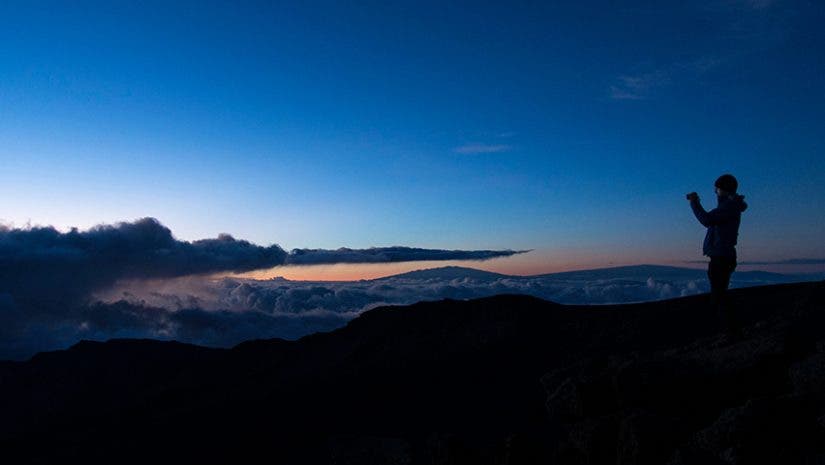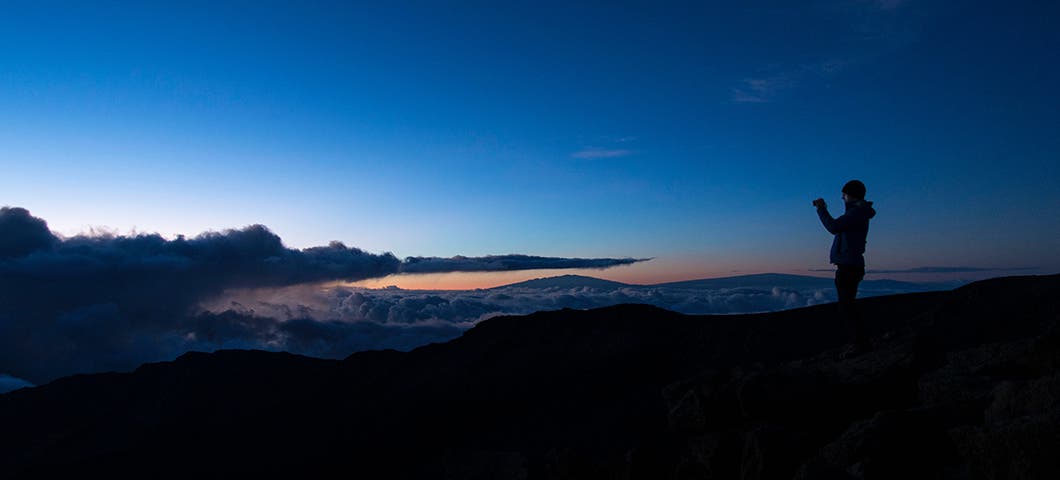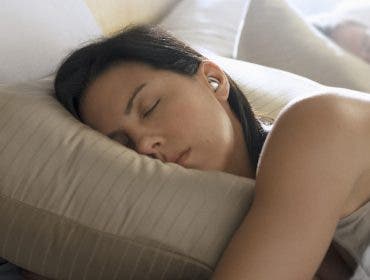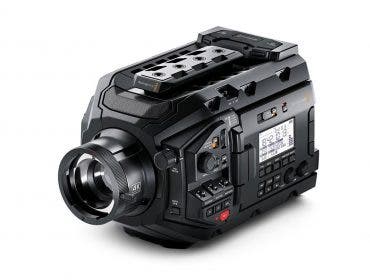When you step into the world of photography, it can not only be a scary journey, but a true investment. Normally, you prepare, plan, and purchase a camera body with the accompanying glass to do the job well. But when you decide to take your show on the road and begin travel photography and self-employment, there is some equipment you need in your toolbox that will sharpen your creative sword and make your life much easier and stress-free.
They might be smaller items that people overlook or don’t think about, but they are true essentials for any travel photographer. As a travel photographer who learned through experience, I have done jobs and trips with and without these items, and having them completely changed how I work, organize, and protect my gear.
So here is the essential travel photography equipment that you might not know about but should add to your kit.
A durable and dependable hard drive
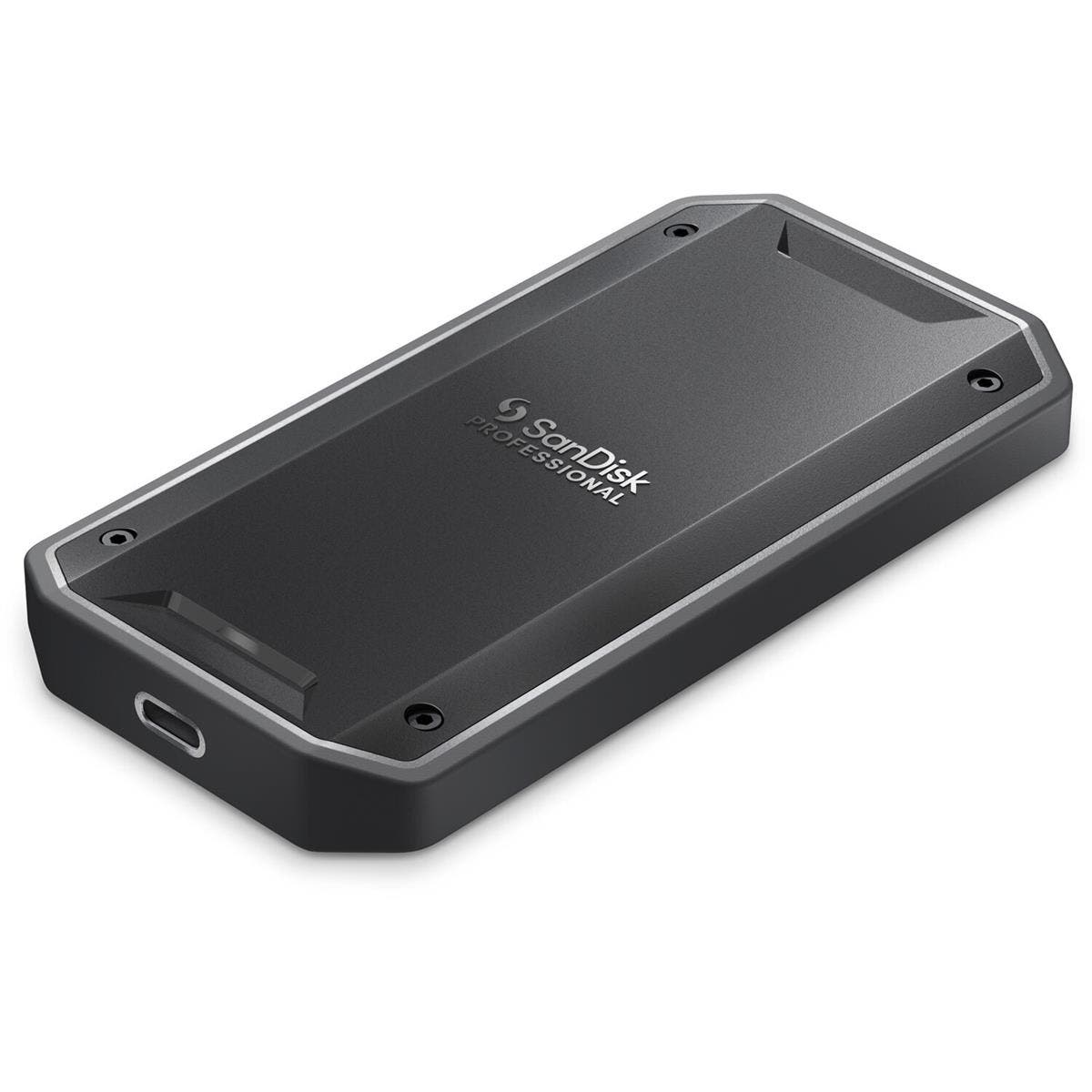
Trust me, you’re going to need one—maybe even two. You don’t want to be halfway through a trip with thousands of photos on your memory cards and have to empty them all onto your laptop, slowing it down significantly. Instead, you’ll be left with a poorly performing laptop that is unorganized and frustrating to deal with.
Also, most locations I shoot at do not have reliable WiFi or cell service, so any cloud-based storage becomes essentially unusable. Having a trustworthy hard drive with at least one terabyte of storage eliminates that problem and acts like a storage unit for your content before you move it into your “house” or in this case, your laptop or desktop back at home.
However, as most of us know, most hard drives are incredibly susceptible to drops, spills, or damage, and even a small element like dust can destroy it, plus, at the same time, all the content you worked so hard to shoot. Owning a hard drive that protects against drops, spills, weather, dust, and other elements is crucial in the field. Invest in a durable, dependable hard drive — like the SanDisk Professional PRO-G40 1TB Thunderbolt 3 Portable External SSD, and it will seriously benefit you and your creative process.
Multiple reliable memory cards
Yes, you need multiple memory cards. Having only one memory card for your camera is like having only one arrow in your quiver. You need several memory cards so you can shoot fast and freely.
But they can’t just be any memory cards. Buy memory cards that are fast and effective. Look for card markings like class 10, U3, and UHS-II (and find out what all those numbers mean in our SD numbers guide). These cards can read up to 300 MB/s and write up to at least 260 MB/s, or even faster.
To explain these terms more simply, reading means the ability for you to browse through larger files quicker on your camera or transfer files to your hard drive or computer with ease. Being able to write information faster means your camera can handle rapid shots, sequential bursts, and shooting in both RAW and JPEG if you prefer shooting in both file types. In summary, it makes your job much easier as a photographer to have multiple, fast, and effective memory cards.
But the best part about investing in memory cards at this level? Most are temperature-proof, shockproof, and even waterproof, which again is incredible when you’re working in adverse conditions or extreme environments. Add a few more arrows to your quiver, and invest in some reliable memory cards.
UV, ND, and CPL filters
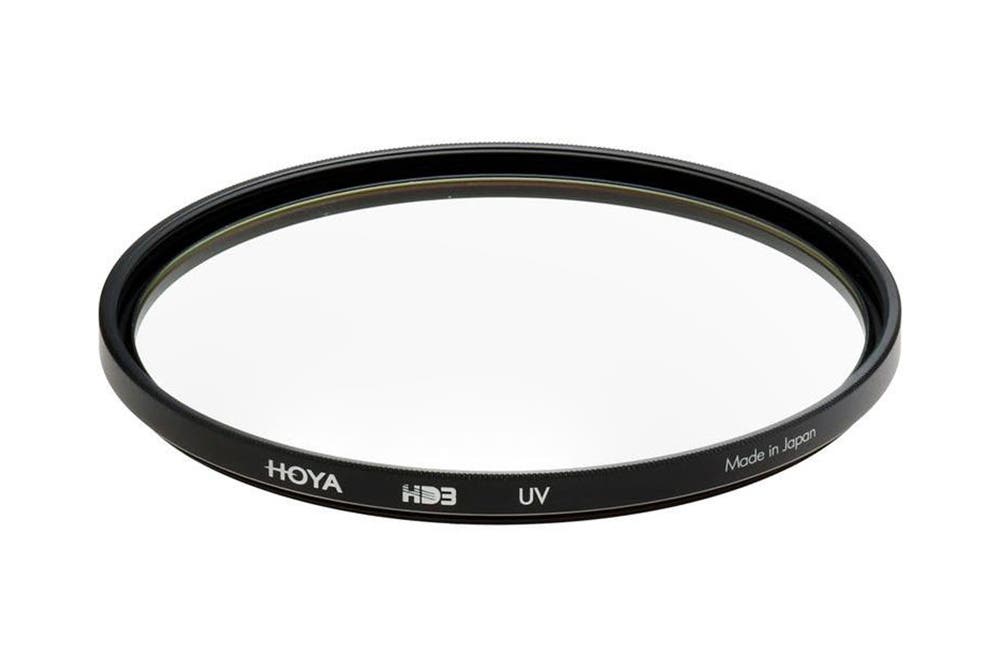
I don’t know about you, but if I go on a work trip, I never forget my shades. Whether I’m by the ocean or in the mountains, I have to protect my eyes. So why would we not invest in travel photography equipment that does the same for our cameras and lenses?
UV filters
UV filters (like these Hoya HD3 UV Filters) are a must when working in harsh sunlight because they not only block out harmful rays that can damage the coating on your lens, but they guard against dust, oil from your fingerprints, and moisture, that over time, can really destroy your lens and affect its performance or clarity. They might not be remembered items for your kit, but they are very helpful when traveling and working outdoors.
Neutral density (ND) filters
Neutral Density Filters or ND Filters (like this Hoya Infrared Neutral Density Filter) are polarized shades for your lenses and are best used when light is harsh. You need a few extra stops to not overexpose your shot, especially when you want to set your camera at a wider aperture or slower shutter speed, which naturally lets more light in. Look for an adjustable ND filter that can add at least ten stops to your lens instead of carrying multiple filters for one job.
Polarizing filters
With so many amazing locations to photograph when traveling, having a tool like the Tiffen Circular Polarizer (CPL) in your bag will allow you to capture beautiful landscapes with rich saturation and contrast. The polarizer will also cut down overall glare and improve any image where reflections might pose a problem. Whether you are heading out to capture a grand vista or a cityscape, having a nice sunny day and a polarizing filter will help create sharp, saturated, and beautifully contrasty images.
Weather Protection for Your Travel Photography Equipment
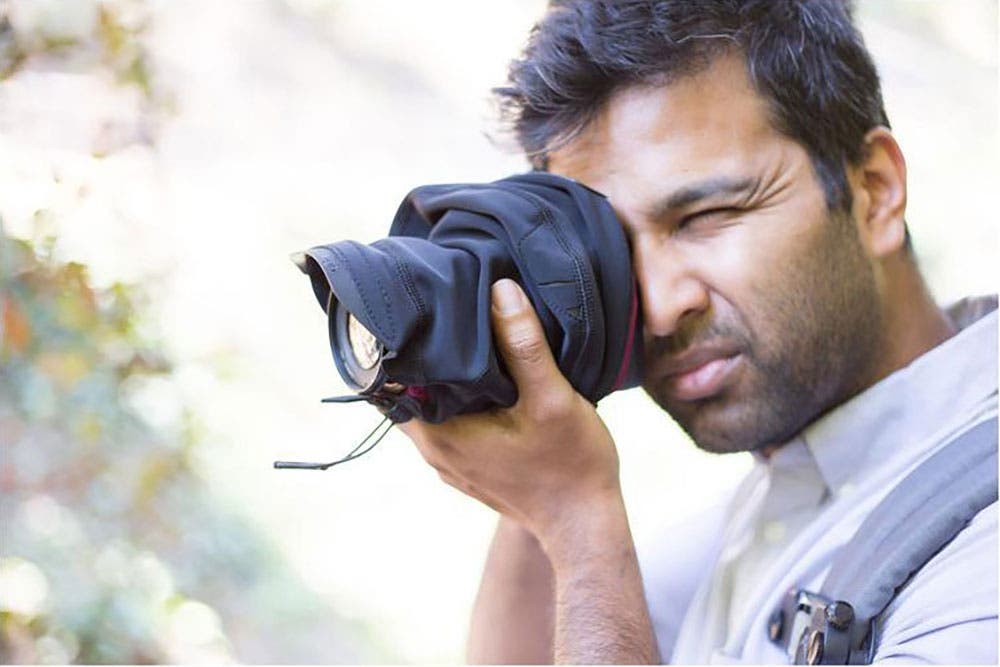
If you’re in the outdoors and out traveling, bad weather can strike at any moment. You have to protect your gear, and there are ways to do that effectively without your wallet taking a beating. I know that most professional-grade cameras and lenses are “weather-sealed.” Still, there’s a reason they don’t call these pieces of equipment waterproof or stake many claims about your camera performing well in wet and stormy conditions. It’s because if you leave your camera out in the rain for too long, weather-sealed or not, it will fry, and then you will most certainly cry.
You can buy camera hoods that are made of waterproof material and the seams are taped for extra weatherproofing. These camera hoods (like this one from Peak Design) are like ponchos for your camera, and you can slip one on when a storm rolls in, and still keep shooting. Invest in a weather hood for your camera, and you’ll feel a lot better when the weather turns bad.
A light and trustworthy tripod
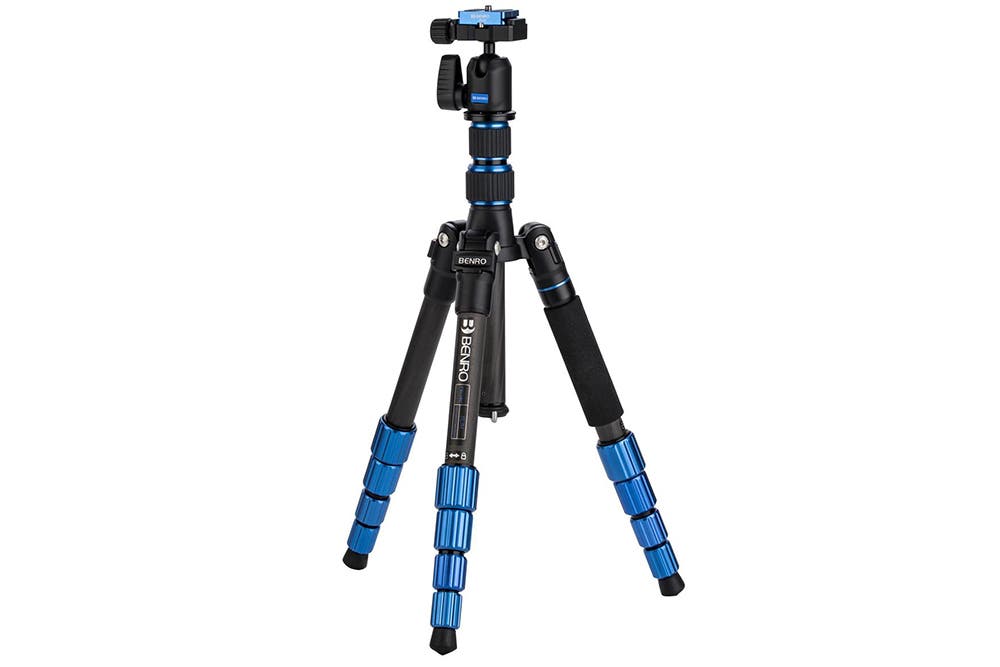
Last but certainly not least, you need a light and trustworthy tripod that can support the weight of your gear without weighing you down.
A compact carbon fiber tripod like the Benro CyanBird is ideal for travel, as it is lightweight and folds down incredibly compactly. When choosing a tripod for travel, it’s important to choose one that you will actually take with you. This might sound obvious, but it’s easy to get overly ambitious and pack more than we want to carry every day. Weighing in at 2.25 lbs and folding down to just 17.13”, the CyanBird will fit almost any travel photographer’s kit.
Aluminum tripods are much cheaper and still pack a punch if you are on a tighter budget. It’s always great to have a tripod with you, regardless if you think you’ll need it or not, because it adds so much more to your kit, and allows you to create a framework and foundation for your photos and take long exposure shots that are always so wonderful to shoot.
And if you think you have the best eyes on the planet, think again. Your eyes will deceive you if you aren’t careful, and you’re going to shoot at a slight angle sometimes. It’s always nice to rest your camera on your tripod every once in a while and guarantee a shot that is straight and true. Get yourself a light and trustworthy tripod, and it will become your new travel buddy that won’t leave your side — unless you leave it in a canyon like I did.
Conclusion
Your travel kit is very important, and sometimes, with all the options out there, it can be hard to pinpoint what to get. While there are other great items to have, I hope this list of essential travel photography equipment will streamline your creative process on the road and give you better peace of mind that your equipment and content will be safer.
Feature photo by Elise St. Clair on Unsplash
